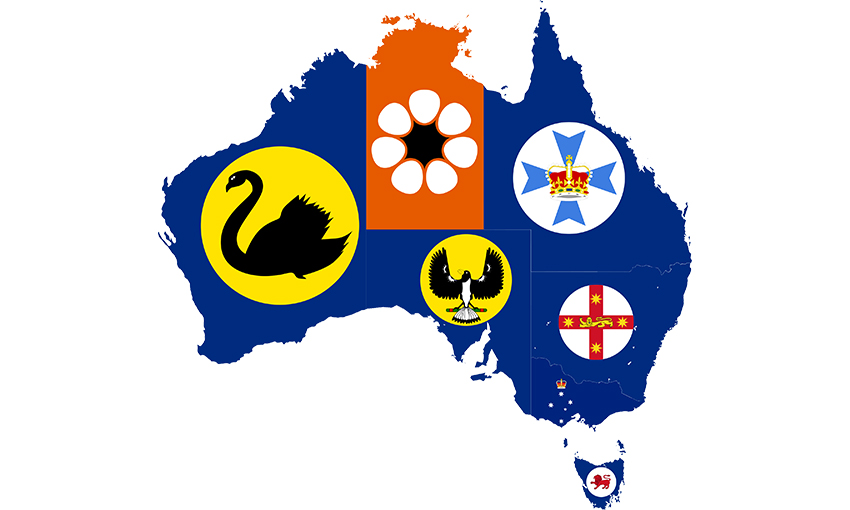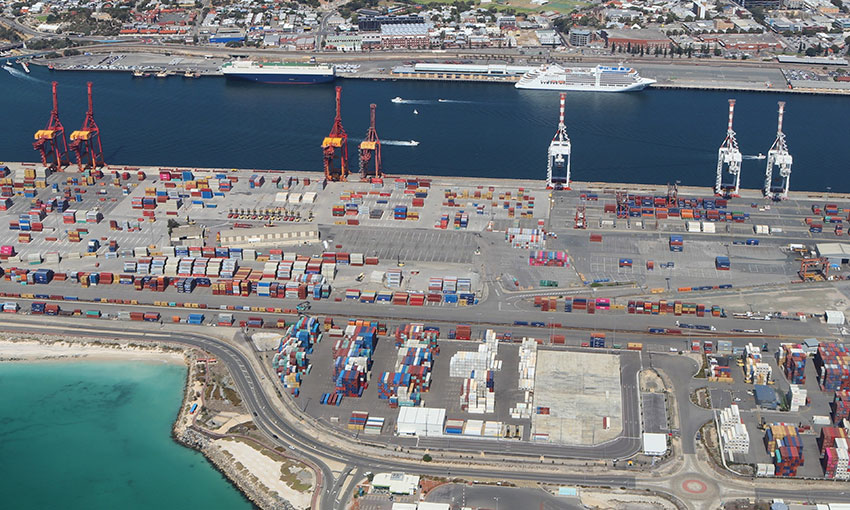THE latest National Freight and Supply Chain Strategy annual report has documented encouraging progress across each of Australia’s states and territories.
The 2020-21 report highlights some of the major projects and developments unfolding and reaching completion across the country, with a strong focus on supporting supply chains.
The National Freight and Supply Chain Strategy was implemented to position Australia’s multimodal freight supply chains to withstand industry challenges.
New South Wales
The report highlighted the NSW government’s progress in delivering initiatives under the NSW Freight and Ports Plan.
These initiatives align with the national critical areas including smarter and targeted infrastructure investment, improved supply chain efficiency, and better freight location and performance data.
To improve supply chain visibility for NSW, a Freight Community System is being processed through the development of a Strategic Business Case.
The project aims to solve operational problems and visibility issues for freight supply chain operators through a product’s entire journey.
Victoria
In Victoria, the independent review of the Victorian Ports System was completed. The Full Government Response, announced in August 2021, included the commitment to develop a Victorian Commercial Ports Strategy for 2022.
Additionally, construction of a new on-dock rail terminal at the Port of Melbourne has commenced and is expected to provide significant efficiency gains to freight on rail at the port.
Queensland
The report noted Queensland had delivered the Queensland Freight Action Plan, a rolling two-year action plan which aligns with the shared commitments and critical enablers identified in the Queensland Freight Strategy.
Construction of enabling infrastructure for the Central Queensland Inland Port (Yamala Hub) was completed in 2020-21, and the Agtech and Logistics Hub was opened in Toowoomba.
South Australia
South Australia is also making progress under the National Freight and Supply Chain Strategy. The state is maximising the efficiency of regional and interstate supply chain connectivity with the development of a core PBS level 4A network.
The report also highlighted the commencement of a Regional Bulk Export Supply Chain Study. Its goal is to inform the government on efficient and sustainable solutions that support economic growth in South Australia.
Western Australia
In Western Australia, the state government reportedly worked with all levels of government and industry to manage the impacts of COVID-19 on domestic freight supply chains.
The WA government delivered several freight planning and operational projects in 2020-21, such as the Westport Stage 2 report, which identified the location for a new container port.
The Westport Taskforce was established by the state government in September 2017. Its purpose was to develop a plan to manage the growing freight demands of Perth and its surrounding regions, enhancing and securing the Perth’s freight network into the future.
Tasmania
The National Freight and Supply Chain Strategy noted the impact COVID-19 had had on Tasmania’s supply chains, and the challenges local businesses faced.
The report said investment in freight infrastructure was the key to supporting more efficient supply chain operations in the state.
It noted the Tasmanian and Australian governments had committed $576 million to build a new Bridgewater Bridge north of Hobart, with construction to commence this year.
The bridge is part of the Burnie to Hobart Freight Corridor, which connects all of Tasmania’s major ports, intermodal hubs, and industrial centres.
Additionally, recent commitments to major upgrades at Burnie and Devonport ports will allow access by larger vessels, improve landside efficiency, and facilitate higher volumes of freight.
Northern Territory
In the Northern Territory, the government is reportedly delivering initiatives to further support the freight and logistics sector.
This includes the formation of an NT Logistics Advisory Council with representation from key transport and logistics industry representatives.
The report said the council will provide a mechanism for collaboration to drive intermodal efficiencies and improve the territory’s transport and logistics supply chains.
Australian Capital Territory
The ACT has reportedly been maintaining strong relationships with the NSW government, Canberra Region Joint Organisation local councils, regional producers, and the Canberra Airport as a national and international freight hub
The National Freight and Supply Chain Strategy said the territory’s top priority is to develop research and deliver infrastructure for key freight corridors.
This includes the Monaro and Barton Highways, east-west and south-west freight corridors to ensure a resilient and effective road transport system for the ACT and region.





